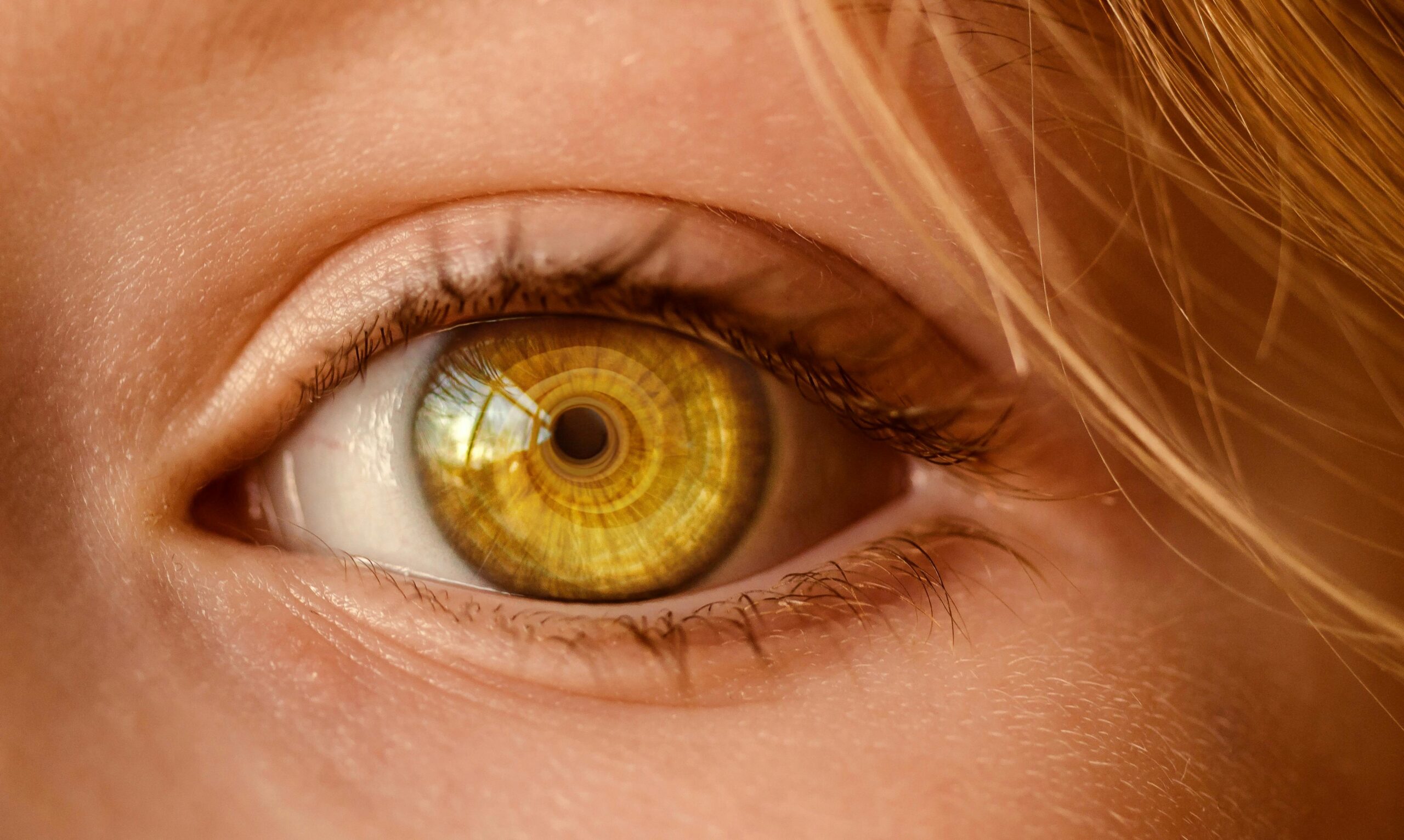If you have Central Serous Retinopathy (CSR) and are facing the possibility of cataract surgery, one question often comes up:
Can I safely get an intraocular lens (IOL) implant?
Cataract surgery with IOL implantation is one of the most common and successful procedures in ophthalmology. But if you’ve experienced CSR—either currently or in the past—there are a few important things to consider before proceeding.
Let’s break down the risks, benefits, and what to discuss with your eye care team.
What Are IOLs?
An intraocular lens (IOL) is a synthetic lens implanted into the eye during cataract surgery, replacing your eye’s natural, clouded lens. IOLs come in different types—monofocal, multifocal, toric, and more—each designed to help restore clear vision for different focusing needs.
The goal is simple: restore clarity and reduce dependence on glasses or contacts.
How Does CSR Factor In?
CSR is a condition that affects the retina, specifically the buildup of fluid under the retina, often related to stress or elevated cortisol levels. Cataract surgery, by contrast, involves the lens and anterior chamber of the eye.
That said, there are a few indirect concerns that CSR patients should be aware of:
- Steroid Use After Surgery: Steroid eye drops are routinely prescribed after IOL surgery to prevent inflammation. Since steroids can trigger or worsen CSR, this step must be carefully managed or substituted.
- Retinal Vulnerability: If your retina is already compromised by CSR—even in remission—it may be more sensitive to stress, inflammation, or changes in intraocular pressure following surgery.
- Vision Expectations: If CSR is active or has caused lasting retinal changes, you may not experience the same level of visual improvement as someone without retinal issues—even with a perfectly placed IOL.
Can You Still Get Cataract Surgery with CSR?
Yes—but with caution.
Most ophthalmologists agree that cataract surgery is still possible for patients with a history of CSR, especially if the CSR is stable or inactive. However, pre-surgical evaluation by a retina specialist is strongly advised.
You’ll want to ensure:
- CSR has been stable for at least 3–6 months
- Any signs of fluid under the retina are monitored
- The surgical team uses low-dose or steroid-alternative eye drops post-op
- You opt for an IOL type that won’t compromise your night vision or contrast sensitivity
Final Thoughts
Cataracts and CSR can overlap in timing, especially as we age. While the lens and retina are separate structures, what happens in one can still influence the health of the other.
If you’re considering IOL surgery with a history of CSR, the key is preparation: coordinated care between your cataract surgeon and retina specialist, careful post-op monitoring, and clear communication about your visual goals.
In most cases, with proper planning, you can have a successful outcome—and protect your retina in the process.



